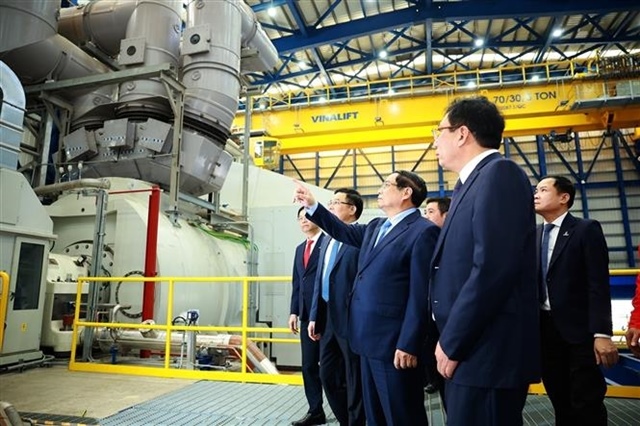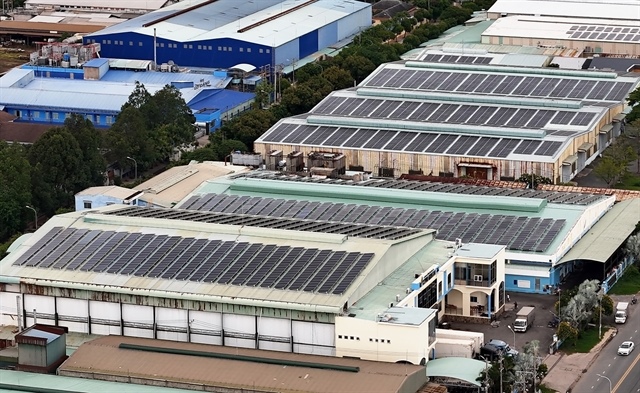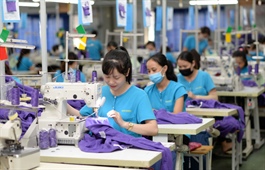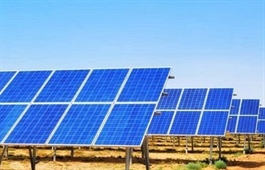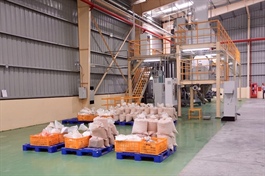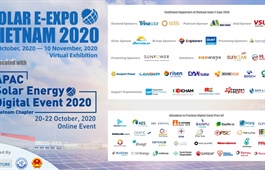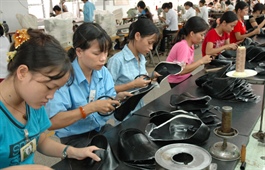Vietnam power tariffs paradox: households pay higher than industry
Vietnam power tariffs paradox: households pay higher than industry
Lan’s family, which owns a small grocery store in my neighborhood, has to pay 10-12.5 percent of its total income each month for electricity.
Her husband is a worker at a garment factory and earns around VND4 million ($170) a month, and the grocery shop brings in around the same amount. They have two children in school.Life has never been easy for the family.
"We have to spend every dong carefully, but whatever the situation, we have to give priority to the education of the two kids," she says.
This includes letting them use the air-conditioner while studying on days when it is too hot.
I ask her about the power bill, and she says it costs VND800,000-1 million a month and, "That really hurts."
She keeps telling everyone at home to save electricity but that does not help much.
The case of Lan’s family is not a rare one.
A report in March by the World Bank said, "Electricity has become relatively expensive for Vietnamese households, while industrial tariffs are low by regional standards."
According to an analysis based on 2016 data, average household consumption was 174 kWh per month, equivalent to an annual bill of $156.
Households at the bottom 40 percent had an income of $1,444, meaning the average national consumption cost 10.8 percent of their income.
This is at the high end of affordability compared with international benchmarks, the report said.
What can that figure tell us?
When assessing poverty in countries around the world, international organizations use an indicator called ‘energy poverty,’ also known as ‘energy burden.’
A household is said to face an energy burden and the risk of falling into poverty if it needs to spend more than 10 percent of its income on fuel.
In the case of Vietnam, spending on fuel is mostly for electricity, which means 40 percent of households face the risk of poverty because of spending too much on their power bills.
This appears to be hindering the government's efforts to reduce poverty in implementing its sustainable development goals.
The Ministry of Industry and Trade recently drafted a new plan for fixing electricity tariffs for small consumers.
But the plan does not address one key point: reducing electricity tariffs for households.
However, cross-subsidization, or the practice of charging one type of consumer higher prices to artificially lower prices for another, continues.
It means households are subsidizing electricity for non-household users.
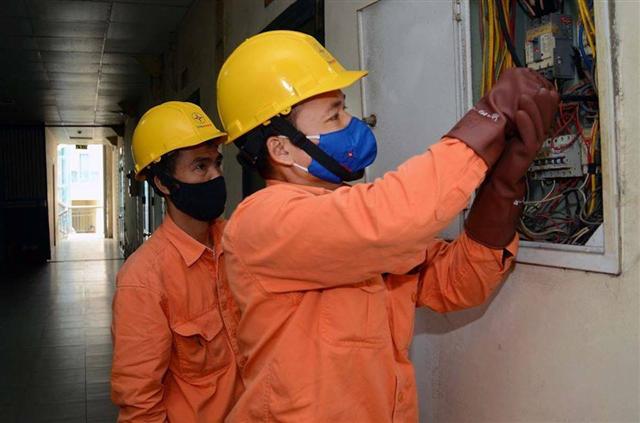
Two staff of EVN Hanoi check the circuit breaker at an apartment building in Hanoi, June 2020. Photo by VnExpress/Anh Minh.
|
Under the current price fixing method, used since 2014, prices for non-household consumers, meaning businesses and factories, are 88-97 percent of the average price. In March last year, the average price was raised to VND1,864.44 per kilowatt-hour, excluding the value added tax.
State-owned power distributor Vietnam Electricity earned a net profit of VND9.72 trillion ($419 million) last year, 43 percent higher than in 2018.
From the new draft plan, the ministry has removed one option after receiving negative feedback from the public. It had suggested that households should pay 145-155 percent of the average price, or VND2,703 – 2,890 per kilowatt-hour.
But even with that option removed, households pay more than the average rate.
The ministry’s draft plan has two remaining options: to either keep electricity prices different for industrial and business consumers or make them uniform.
In case of different rates, the proposed tariffs for industrial consumers are just 85-98 percent of the average price, and if uniform, they will be 85-101 percent of the average price.
However, the 101-percent rate is just for businesses and small-scale production households while the tariffs for industrial consumers are still 85-94 percent of the average price.
This means whichever way the tariffs are calculated, non-household consumers pay less than the average price.
The result is, the World Bank’s report points out, "Electricity has become relatively expensive for Vietnamese households, while industrial tariffs are low by regional standards. Vietnamese consumers are sensitive to electricity tariffs and increases. Industrial users, in contrast, enjoy electricity tariffs that are on average lower than households and remain at one of the lowest levels in Asia, while noting that the industrial tariff structure does differentiate between peak and non-peak power."
If the unreasonable cross-subsidization continues, in whatever manner electricity tariffs are restructured, the demand to lower the electric bills of most people in Vietnam can never be fulfilled.
Nearly 10 years ago the then general director of EVN, Pham Le Thanh, had said unequivocally the utility "is determined not to sell electricity to industrial consumers at prices lower than the average price."
He said that rule should be made immutable, and the power industry would continue to make changes to achieve that target.
In a recent letter to a group of concerned voters, the ministry said it would work to gradually eliminate the cross-subsidization.
The 2004 Electricity Law says the same thing, saying such a move will contribute to boost competitiveness among businesses.
But I still wonder when the cross-subsidization, which has been existing for at least 15 years, will finally come to an end so that families like Lan’s will no longer stay on the list of "energy poverty."
Do Vietnamese deserve lower electricity prices for their day-to-day activities? I absolutely believe the answer is "yes", but for that to happen, the ministry and the government have to make up their mind to do so.
*Nguyen Dang Anh Thi is an expert on energy and environment. The opinions expressed are his own.




